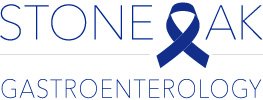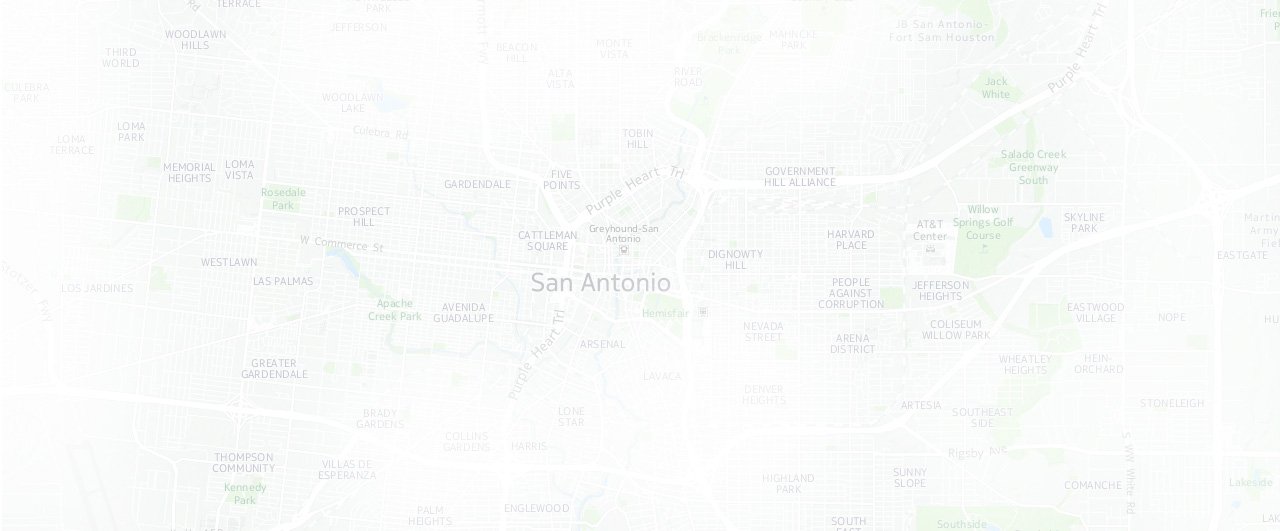Esophageal Manometry San Antonio, TX
The esophagus is the tube that carries food and liquid from the throat to the stomach. Although it seems like a simple organ, the esophagus is not a rigid tube. The wall of the esophagus contains muscle that rhythmically contracts whenever a person swallows.
This contraction occurs as a sweeping wave (peristalsis) carrying food down the esophagus. It literally strips the food or liquid from the throat to the stomach.
Another important part of the esophagus is the lower valve muscle (lower esophageal sphincter, or LES). This is a specialized muscle that remains closed most of the time, only opening when swallowed food or liquid is moved down the esophagus or when a
person belches or vomits. This muscle protects the lower esophagus from caustic stomach acid and bile. These substances, of course, cause the discomfort of heartburn and in time can lead to damage and scarring in the esophagus. At times, everyone has heartburn, especially after a large or fatty meal.
Manometry is the recording of muscle pressures within an organ. So esophageal manometry measures the pressure within the esophagus. It can evaluate the action of the stripping muscle waves in the main portion of the esophagus as well as the muscle valve at the end of it.
Equipment
The equipment for manometry consists of thin tubing with openings at various locations. When this tube is positioned in the esophagus, these openings sense the pressure in various parts of the esophagus. As the esophagus squeezes on the tube, these pressures are transmitted to a computer analyzer that records the pressures on moving graph paper. It is much like an
electrocardiogram. The physician can evaluate these wave patterns to determine if they are normal or abnormal.
Reasons for the Exam
There are a number of symptoms that originate in the esophagus. These include difficulty swallowing food or liquid, heartburn, and chest pain. Additionally, an x-ray (barium swallow or upper GI series) or endoscopy may show abnormalities that need studied further by manometry. The exam is often done before and after medical or surgical treatment of the esophagus. Esophageal manometry is very effective in evaluating the contraction function of the esophagus in many situations.
Preparation
The preparation for esophageal manometry is very simple. The patient should take no food or liquid for about eight hours before the exam. The physician will usually (although not always) want to study the esophagus in its natural state. In other words, there should not be any medicine in the body that can affect the function of the esophagus. The physician informs the patient what medications should and should not be taken.
The following drugs may affect the contractile pattern of the esophagus. They usually need to be discontinued at least 48 hours beforehand. Check with your physician about all your medications.
- caffeine/coffee
- Reglan (generic: metoclopramide)
- Urecholine (generic: bethanechol)
- Erythromycin (antibiotic – many brand names)
- Nitroglycerin (Isordil, Nitro-Bid, others)
- Calcium channel blockers (Procardia, Adalat, Calan, cardizem, others)
- Betablockers (Inderal, Corgard, others)
- Donnatol
- Librax
- Levsin
- Tagamet (generic: cimetidine)
- Zantac (generic: ranitidine)
- Pepcid (generic: famotidine)
- Axid (generic: nizatidine)
- Prilosec (generic: omeprazole)
- Prevacid (generic: lansoprazole)
The Procedure
The procedure takes about one hour from start to finish. While seated in a chair or lying on the side, thin soft tubing is gently passed through the nose, or occasionally the mouth.Upon swallowing, the tip of the tube enters the esophagus and the technician then quickly passes it down to the desired level. There is usually some slight gagging at this point, but it is easily controlled by following instructions. During the exam, the technician usually asks the patient to swallow saliva (called a dry swallow) or water (called a wet swallow).
Pressure recordings are made and the tubing is withdrawn. Patients can usually resumeregular activity, eating, and medicines immediately after the exam.
Results
To a layperson, the contractile pattern of the esophagus looks like a chaotic, wiggling line. However, the tracing has very specific meanings depending on how the esophagus contracts and exerts pressure through the tube into the manometry machine. A normal pattern may be seen where the esophagus has regular, sweeping contraction waves and excellent function of the valve at the end of the esophagus.
A common abnormal pattern results when the lower esophageal valve is weak and does not close properly. This allows food and acid to reflux up into the food pipe. Another abnormal pattern occurs when the esophagus has lost its normal sweeping
waves. This condition is called dysmotility, and it means that there are ineffective, weak, or disorganized contractions. This pattern is often seen in older individuals. Intense esophageal spasms may be found where severe pain originates in the esophagus.
This pattern shows very intense contractions throughout the esophagus and may be accompanied by pain. Finally, there is a condition called achalasia in which the lower valve is very spastic and tight and the body of the esophagus has weak contractions.
So there are a variety of findings possible. The physician reviews these findings with the patient and explains what they mean.
Benefits
The primary benefit of the exam is that the physician has clear documentation of the muscle function of the esophagus. With this information, a specific treatment program can be outlined or reassurance provided if the exam is normal.
Alternatives to Manometry
Nothing really takes the place of manometry. Other techniques that are used to study the esophagus include: upper GI x-ray series using swallowed liquid barium; fiberoptic or video endoscopy to visualize the inside lining of the esophagus; and a 24-hour probe left in the end of the esophagus to measure acidity as it refluxes from the stomach.
Side Effects and Complications
There are really no serious problems associated with manometry. Slight gagging is normal during the exam, and a temporary sore throat may be present afterward.
Summary
Esophageal manometry is a very valuable method of recording and evaluating the muscular function of the esophagus. The test is simple and quick to perform. With this information, the physician can usually develop effective treatment for most patients with esophageal muscle disorders. Check other procedures we perform here at Stone Oak Gastroenterology.





